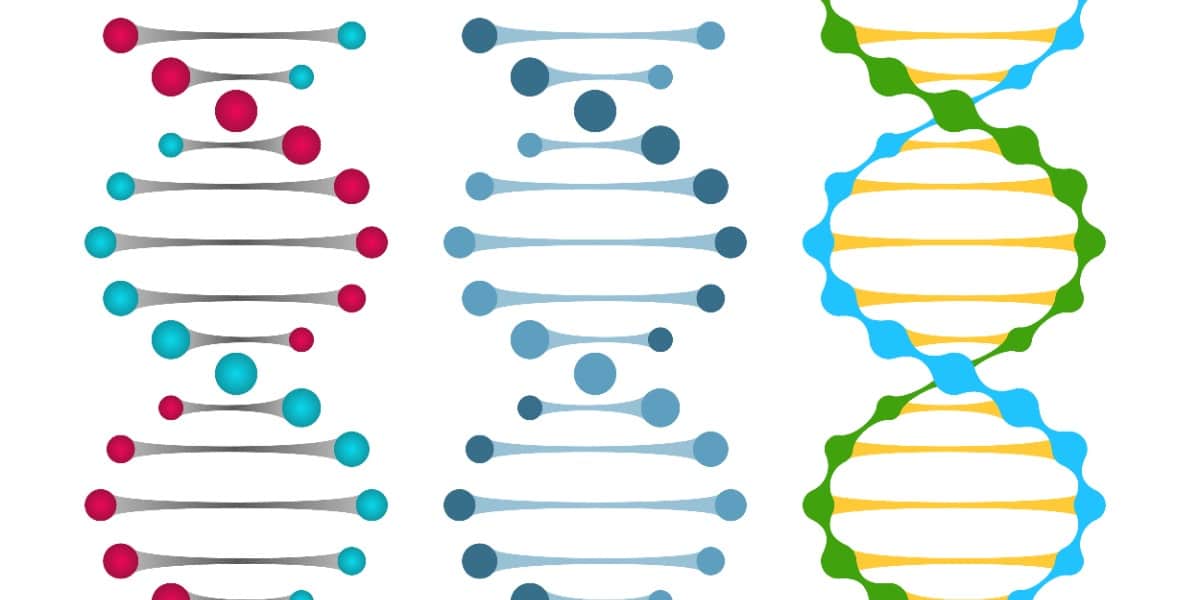Nanopore Sequencing: An Update

Oxford Nanopore’s (ONT) MinION is probably the next-generation sequencer users are most excited about getting working in their own labs. ONT announced the system back in 2012 at Advances in Genome Biology and Technology, the biggest sequencing technology conference, to a packed auditorium. I was in the audience and was as stunned as anyone else that this technology seemed close to a reality, before Clive Brown spoke people would have said that a USB sequencer not much bigger than a memory stick which could sequence genomes in 50kb+ read-lengths was impossible “’Star Trek’ technology!”
In 2014, ONT opened the MinION Access Program (MAP) to give users a chance to see what they could do with the technology. The MAP has been a huge success with over 1000 MinION’s being used across the globe (including two in my lab), but anyone following the technology outside of the MAP would have heard lots of noise in discussions. Much of the real talking is taking place in the MAP community which is not open access; the first publication was overly critical of what was a very early technology release, but subsequent publications have show that is it possible to sequence and assemble whole genomes, e.g., E. coli and Yeast.
Nanopore sequencing can deliver and I got an update from multiple users at the UK Genome Science conference. Library prep methods are pretty standard: DNA, frag, end repair, A-tail, adapter ligation. Sequencing accuracy is improving: at least 85% raw base accuracy, but with 2D reads or consensus sequencing you can achieve 99.4%.
WIMP Workflow
The WIMP (What’s In My Pot) workflow. This very rapidly aligns sequence reads to a “genome database” to detect and quantify different species of bacteria, it is possible to perform this analysis in real-time and discard fragments that you do not want to sequence any more – this offers a revolutionary way to sequence almost exactly what you want and no more. Dan Turner’s group at ONT is developing an automoated library prep system called Voltrax and have been using iChips to grow normally unculturable cells for genome analysis.
minoTaur
minoTaur is an analysis package that lets you manage, analyze and manipulate reads generated by the Oxford Nanopore MinION technology. The tools allow a user to specify a coverage depth for a specific barcoded sample, and even a specific region of the genome, to minimize sequencing coverage variation across samples in a pool; you can even get the run to autofinish once enough data has been collected, and Tweet when a specific variant is detected! The package was used to normalize reads in the Ebola sequencing project to minimize the amount of data being transferred across flaky WiFi and satellite phone technology.
The MinION was used to sequence Ebola in real-time and impact the spread of this devastating disease. Everything needed to sequence Ebola in the field went on a plane in a few cases, with USB temperature data loggers to verify if reagents were likely to be OK after transit. Within 48 hours of arrival, the first sequences were being uploaded to the cloud based MinION analysis tools. The minoTaur package described above was used to normalize amplicons RT-PCRd from the Ebola RNA genome. They were able to prep the samples and run the sequencer in one day and analyse the data in an hour – try doing that on a HiSeq!
Taking the mobile lab deeper into the field, a combination of nanopores, mosquitoes and WhatsApp were used. Real-time sequencing of new cases was performed as they came into the local treatment center. The lab was a small portakabin, but the setup enabled local epidemiologists to classify cases as known, or novel, clusters. The fact that data could be returned so quickly was a significant help when there was no apparent transmission vector. It sounds crazy given that one of the scariest diseases on the planet was being sequenced on what was called Star Trek technology only a year ago.